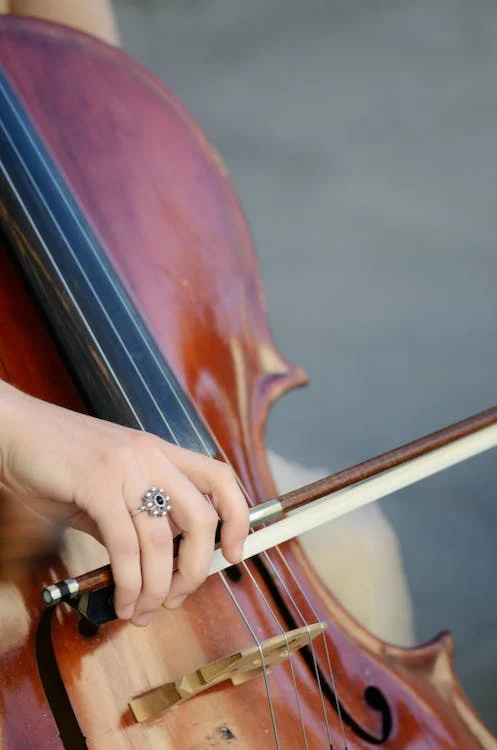Guan is a Chinese double-reed wind instrument that is also called as bili or guanzi. Unlike other double-reed instruments with conical bores, the guan has a cylindrical bore, which gives its distinctive buzz-like but mellow timbre. In this article, we are going to learn more about the history and characteristics of this woodwind instrument.
History
According to studies, the earliest use of the word guan was in the Zhou Dynasty records, wherein it discusses about the end-blown bamboo flutes like the paixiao or the xiao. The oldest double-reed instrument was introduced during the late Zhou Dynasty and is called as the hujia. During that time, this said instrument was used as the principal military instrument for signaling. The instrument is often depicted in early Chinese poetry as loud and fierce.
The guan was made after the hujia during the Tang Dynasty when the music and art culture flourished and became heavily influenced by the silk road trade. Just like the hujia, the guan became a powerful instrument used in court and ritual music. During the Tang Dynasty’s peak, the guan, along with several other tools, was brought and introduced to China’s neighboring countries such as Japan and Korea.
But, after the succeeding dynasties, the guan slowly fell out of use in court music. However, it became more popularly used in folk ensembles. The guan plays an essential part in the wind-and-percussion ensembles that can be heard during celebratory occasions and traditional festivals. The guan is still a popular instrument in the wind band ensemble of northern China and other Chinese regions. Today, the guan is used by the Beijing opera orchestra to depict military scenes along, and it is often accompanied by the suona as well as other percussion instruments.
Characteristics of a Guan
The guan is a short cylindrical tube that is made of hardwood. It is often made in northern China, where the popularly known as a bill. In southern China’s Guangdong province, the guan is made from bamboo and is known as a houguan, or a “throat guan.” Street vendors initially used this to attract customers, but at the beginning of the 1920s, the instrument became incorporated into the Cantonese opera orchestra. By the 1950s, the guan became a popular instrument in Guangdong, and people started to create larger sizes of it. Hardwood guans are often made with hard reed, whereas bamboo guans usually are made with soft reed.
During the 20th century, modern versions of the guan were made in China. These current versions of the guan now have more tone and keyholes. They are also fitted with metal keys to give a fuller and broader chromatic range. The guan is now played primarily in large Chinese orchestras, and they are typically used for baritone and tenor ranges, respectively. Today, there are several models of traditional soprano Guanzi in the market, and they come fitted with one or more keys to help improve the intonation of specific notes.

